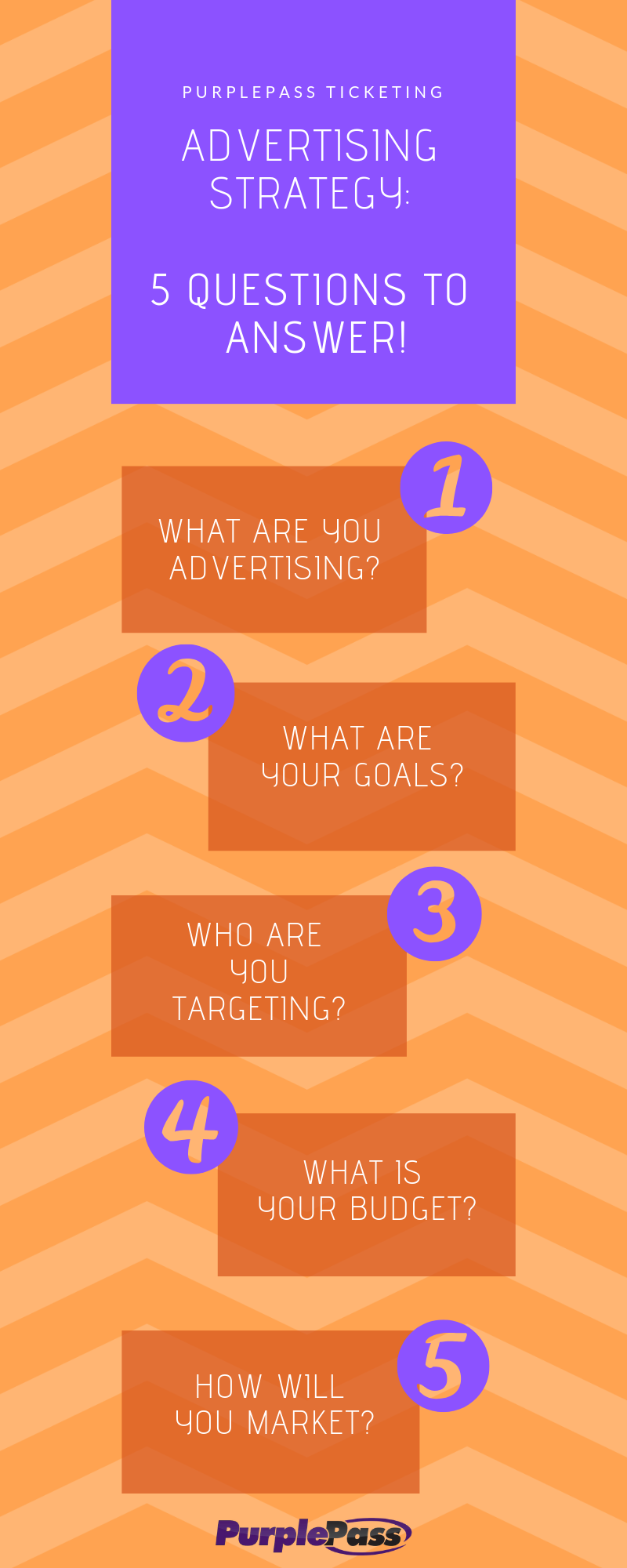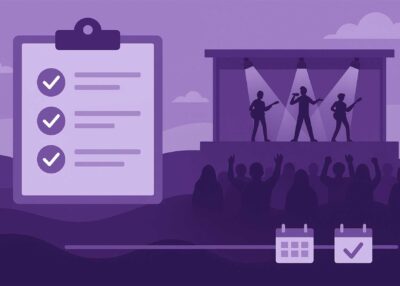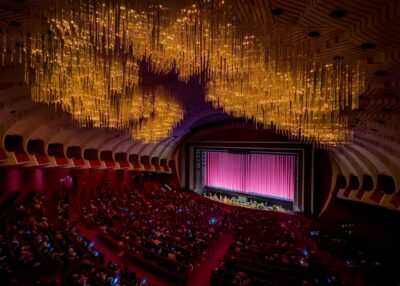How to Create an Effective Advertising Strategy
Knowing where and how to start your advertising strategy is half the battle of creating a campaign. An easy way to start, is by making sure you have the answers to these 5 questions:
What are you advertising?
You might think this is easy, you have your service/product and you know what you can do for people so you think you are ready to promote it!
No.
You need to clarify exactly how your business will help someone and show them how this will solve their problems. To do so, you need to identify what these problems are, how you differ from the rest ect.
The easiest way to start is by defining what you DON’T do or offer.
This way you know you are focusing on everything you can offer, and not what you can’t.
Here are questions you should answer to get a clear idea of what you are getting ready to advertise. From here, you‘ll have a better idea of your business and what you are advertising.
What do you sell or provide?
Why do you sell or provide what you do?
What can you offer to customers?
What can’t you offer to customers?
Who is your top competitor?
How are you different from them?
What problems are you solving for your customers?
What are your competitors recent campaigns?
What makes your brand unique?
What product/service is your most popular?
What product/service is your least popular?
Do you know your goals? It's time to create some
What are you hoping to achieve from this new campaign? Everyone needs goals in place before even thinking about marketing or starting a campaign.
Make sure your goals are S.M.A.R.T!
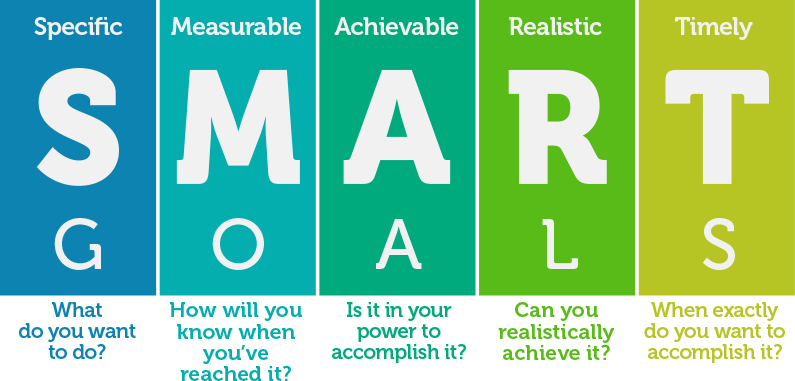
When creating goals, HubSpot’s SMART goal setting structure is the easiest to follow to create standards you can achieve.
Specific
First, make sure each goal is specific such as getting 5 new leads, or increasing sales by 15%. If you say you want to increase brand awareness, how can you measure that goal, it is simply too broad. Which brings us to our next point:
Measurable & Attainable
Make sure your goals are measurable!
Be realistic with the goals you set, if it’s not attainable then what was the point of setting it in the beginning.
Growing a business takes time, so your goals should not be mountains, but mounds. Give yourself a chance to succeed and grow without setting high expectations. Remember, the turtle wins the race, not the hare.
Relevant & Timely
Keep it relevant and timely! Meaning, if you want to bring more traffic to a small website that can’t handle that load, that shouldn’t be your goal.
Maybe, focus on developing a stronger website to handle more traffic later on. All goals must have a deadline, an end in sight.
So make sure each goal has a strict deadline where you can compare your results after one month, one year, three years; the length doesn’t matter as long as their is a finish line.
Do you know who you are targeting?
If you don’t know your target audience, your campaign is pointless.
The easiest way to know your audience, is to take your top 5 clients and turn them into buyer personas to create your campaign for those type of consumers.
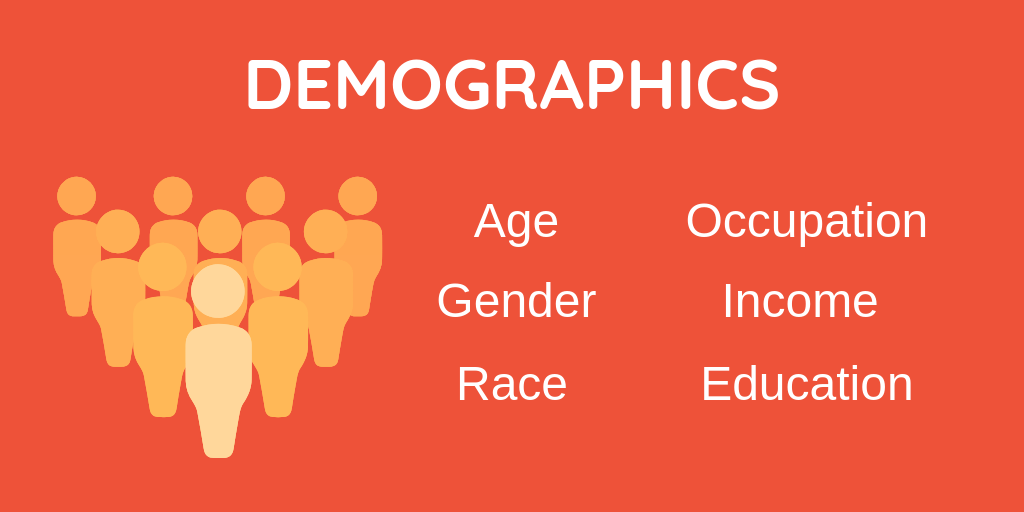
A buyer persona is a representation of an ideal customer based on real data and selected educated speculation about customer demographics, behavior patterns, motivations and goals.
To create your own, follow our link to learn exactly how to create your own buyer personas and get a better idea of who you should be advertising to.
|
Learn how to find your target market Use the guide below to learn |
Lets break down the budget
Once you have established your goals, audience and purpose of advertising, it’s time to get realistic and set your budget.
Once you know your total budget, you can separate it based on your marketing objectives and goals.
For example, brand awareness can get 25%, driving traffic can get 60%, and new leads 15% (or whatever your objectives are).
From there you can break it into even smaller categories, for example under brand awareness:
Social Media 15%
Email 30%
Blogs 25%
Press Release 10%
Client Relations 20%
The Balance gives you the best free excel budget spreadsheet templates to try to make budgeting a little easier.
How will you start advertising your event or brand?
This is your time to map out exactly how you want to promote your services, and you have THOUSANDS of options.
These are the most popular and successful forms of advertising:
- Social Media Ads (Facebook, Instagram, Twitter, YouTube, LinkedIn)
- Promoting on your website
- Traditional Ads
- Video Marketing
- Blogging
- Email Marketing
- Ad Re-targeting
- Giveaways
- Live Streaming
- Hashtags
-
AdWords
#1 Social Media
For marketing, social media has just become your best friend! However, if you plan on using social media, which you should, you need to be fully invested.
You can’t just exist online, but you need to have an audience that is engaging.
Before creating a social media marketing plan, you need to understand how to use it, because there is a lot of strategizing that goes into these platforms.
The Purplepass Blog has a ton of marketing articles on using social media to advertise.
#2 Traditional Ads
We live in a digital age, but don’t forget about the traditional ways of advertising.
Paper flyers, posters, newspaper, etc.; step back from your computer screen and look to your community beyond the screens.
Post your event flyers inaccessible areas where your target audience hangs, out go to your community listings to advertise your event or even pass out cards about your event at favorite venue.
- Billboards
- Newspapers
- Magazines
- Radio
- Podcasts
- Bulletin Boards
- Fliers
- Word-of-mouth
- In-store displays
- Direct Mail
- Stickers
- Vinyl Banners
- Blimps
- Bus Ads
- PSAs
- Press Releases
- Business Cards
- Community Listings
- Sponsorships
- Leaflets
- Posters
- Free Event Calendars
- Pop-up Workshops
- Free Swag/Merchandise
-
Phone Calls
#3 Video Marketing
If you are looking for a fresh, modern new marketing strategy, include videos! According to a Nielsen Report, video campaigns are 36% more trusted and authentic to viewers over digital or signage ads.
If your viewers enjoy your videos, their engagement and purchase intent increases by 97%!
That’s huge!
Forrester Research has also determined that one minute of video is worth approximately 1.8 million words and is 1200% times more likely to be shared than any other text campaigns.
#4 Blogging & putting out content
Creating a blog for your event not only improves your site’s search engine optimization but adds a human touch behind your event.
Write about news reports, interviews, latest updates, info graphics, etc. Anything that highlights your services, product, events and gets people talking.
#4 Email Marketing
This is a popular form of communication in the business world. Email messaging can be useful for reaching your audience and updating them on your latest events and activities.
#5 Ad re-targeting
Re-targeting is a form of online targeted advertising by which online advertising is targeted to consumers based on their previous Internet actions.
#6 Giveaways
Taking part in a giveaway, meaning auctioning off free tickets or merchandise through online competitions, helps create everlasting impressions on your guests.
Giveaways are an excellent way of marketing your event or business and reaching new audiences.
#7 Live Streaming
Going live has become more accessible due to Instagram and Facebook live features available on your smartphone.
If you have a high following on social media, I recommend this form of marketing either before or during your event.
Go live for behind-the-scenes shots, talks with featured artists, sneak peeks, whatever works with your event. It is a fast way to get your audience not only engaged but to feel more involved with your business and acknowledged from your end.
#8 Start hashtagging
# is the symbol for a hashtag, and it can be seen all over flooding social media.
Hashtags help to group certain words, organizes tags into groups and makes searching for a particular post or topic more effective and fast.
However, it only works if you use it consistently! Hashtags will help boost online conversations about your event and allows the audience to identify your posts better.
- Make sure it is relevant; this can include your event name or any nicknames of the event.
- Make it unique and research beforehand to make sure no one else is using that name or at least a small amount of people are using it.
- Keep it short and sweet! The idea is you want people to catch onto this tag and use it if they ever tag your event. Keeping it short will be easier for your guests to remember and identify with.
-
Keep it simple! Make it easy to understand what your hashtag is saying. No codes, abbreviations that aren’t clear and contribute to a complicated language.
#9 Adwords
Google Ads is an online advertising platform developed by Google, where advertisers pay to display brief advertisements, service offerings, product listings, video content and generate mobile application installs within the Google ad network to web users.
And there are so many more options out there! If you are an event promoter, we also put together a list of free ways to promote your next event.
|
Want to read more? Get marketing advice, event planning |





